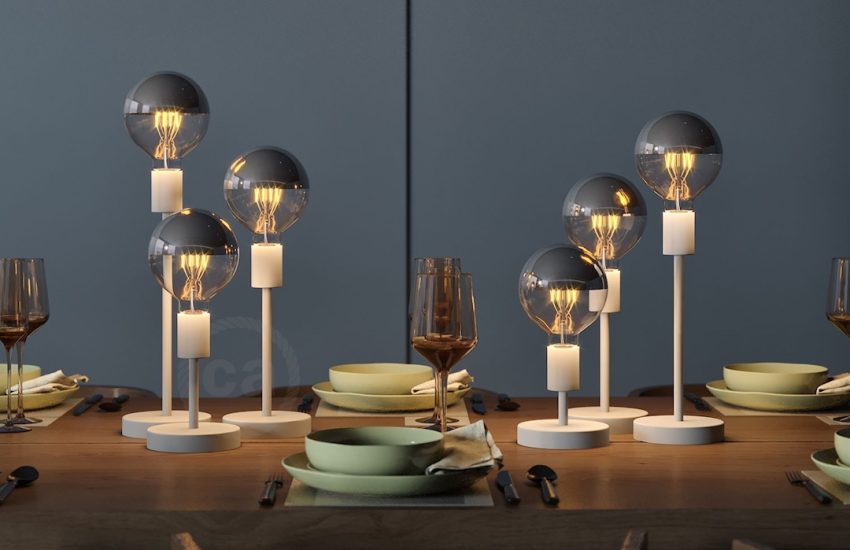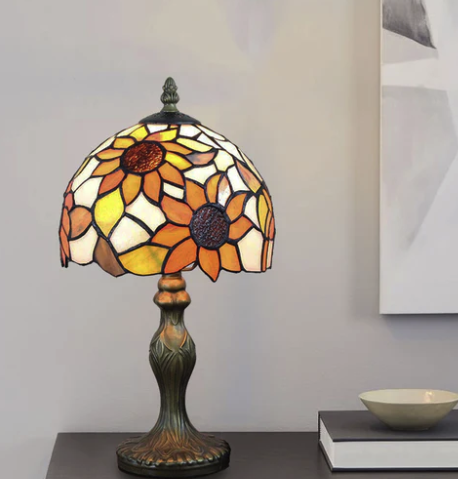
Introduction
Light bulbs are a crucial component of our homes and workplaces, providing essential illumination to make our environment conducive for daily activities. However, choosing the right bulb specifications can be a daunting task, given the various options available. Understanding the technical details of bulbs can help make informed choices that meet our lighting requirements, energy efficiency, and comfort.
Types of Bulbs
There are different types of bulbs available in the market, each with varying specifications, energy efficiency levels, and functional features. Some of the common types of bulbs include:
Incandescent Bulbs
Incandescent bulbs are a popular option characterized by their filament that glows when heated by an electrical current. They are affordable and can be found in various sizes, shapes, and wattage. However, they are not energy efficient, as they use up to 90% of their energy consumption in heat emission rather than light production.
Fluorescent Bulbs
Fluorescent bulbs are light-emitting devices that contain low-pressure mercury vapor that emits ultraviolet light when excited by a current. They are more energy-efficient than incandescent bulbs, producing up to 75% less heat and lasting up to ten times longer.
LED Bulbs
Light-emitting diodes (LEDs) are electronic devices that produce light when electrical current passes through a semiconductor material. They are highly energy-efficient, producing up to 90% less heat and lasting longer than other bulbs. Additionally, they offer a range of color temperatures, dimming options, and directional lighting.
Bulb Specifications
Bulb specifications refer to technical details that describe a bulb’s operational features, including color temperature, wattage, bulb type, and luminous flux. Understanding these specifications is crucial in choosing a bulb that meets your lighting needs, comfort, and energy efficiency.
Color Temperature
Color temperature is the measure of a bulb’s color appearance, ranging from warm tones (yellowish) to cool tones (bluish). The color temperature is measured in Kelvin (K), with lower Kelvin values indicating warm light, while higher values reflect cooler light. For example, a warm white bulb typically has a color temperature of 2700K, while a cool white bulb has a color temperature of 5000K.
Wattage
Wattage is a measure of a bulb’s power consumption, indicating the amount of electricity the bulb uses. Higher wattage bulbs use more electricity and are generally brighter than lower wattage bulbs. However, energy-efficient bulbs like LEDs and CFLs use less wattage compared to traditional bulbs, saving on energy consumption and costs in the long run.
Bulb Type
The bulb’s type refers to the technology used to produce light, as discussed above. Choosing the right type of bulb depends on personal preferences, functional requirements, energy efficiency, and budget.
Luminous Flux
Luminous flux is the amount of light emitted by a bulb, measured in lumens. It reflects the brightness of a bulb, with higher lumens producing brighter light. For example, a 2000-lumen bulb is brighter than a 1000-lumen bulb, making it suitable for spaces that require high illumination levels.

